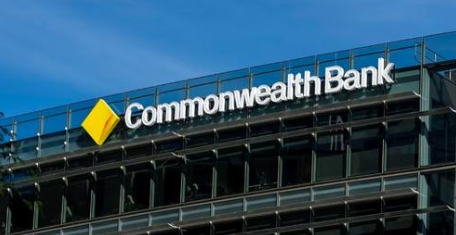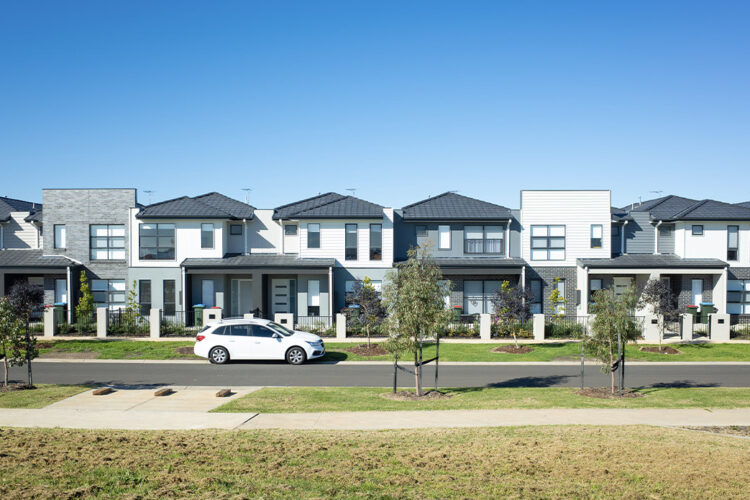The slowdown in the residential market is leading to a pile-up in the number of unsold homes, with properties on sale for over 180 days recording the biggest annual increase in over a decade.
Data from SQM Research showed the number of old listings on the market jumped 14.3 per cent in the 12-month period to December — the biggest yearly surge in the figures since 2011.
Hobart reported the biggest growth in old listings, with properties in the Tasmanian capital on the market for more than 180 days jumped by a staggering 214 per cent annually in December.
In Sydney, old listings rose 47 per cent year-on-year, while Melbourne registered a 27 per cent jump during the period.
Adelaide bucked the national trend, with the South Australian capital posting a 7.7 per cent year-on-year decline in older listings. Meanwhile, Canberra edged down 0.3 per cent from a year earlier.
The consultancy firm’s managing director, Louis Christopher, stated the figures reflected the ongoing housing downturn as vendors increasingly struggled to sell their homes.
“This rise in older stock completely confirms the depth of this housing downturn and is very typical of what is recorded in past downturns. As there remains more sellers than buyers, dwellings on the market that are not priced to market, don’t sell,” he explained.
Over the month, properties on sale for more than six months across the country also rose by 3.5 per cent to 58,899.
The significant increase in the number of unsold properties drove total listings in the country to rise by 4.6 per cent over the year to December.
But compared to November, total residential listings are still down by 5.5 per cent at the end of 2022 thanks to a steep monthly decline in new listings.
Separate figures highlighted a 31 per cent slump in new listings — or those on market for fewer than 30 days — on a monthly basis, with only 52,763 new properties added to the market.
Darwin recorded the largest drop in new listings in December, with the Northern Territory capital recording a 52.8 per cent decline. This was followed by Sydney (down 49.5 per cent), Canberra (down 45.2 per cent), Melbourne (down 43.7 per cent) and Brisbane (down 40.7 per cent).
The remaining capital cities recorded smaller, albeit still double-digit declines. Data showed that over the month, new listings in Hobart were down 37.1 per cent, Perth saw a 35.3 per cent drop and Adelaide’s new listings fell 30.2 per cent.
Despite superficial perceptions that the decline in new listings is alarming, Mr Christopher assured there was little cause for concern at this stage.
“The large falls in new listings over December 2022 appears to be an eye opener, but in the scheme of things, we have just gone back to more normal levels for December.
“This time last year was a frantic period given the opening of the economy and abnormally high buyer activity all the way through to the end of the year,” he explained.
Aside from attributing the monthly slump in listings to the slowdown in market activity, which is typically observed during the summer months, he also pointed out that 2021’s property market should be viewed as an outlier, rather than a benchmark for future market performance.
“The monthly decline in listings was driven by the commencement of the summer holiday season; however, it is also noted the abnormal large activity following the end of lockdowns recorded in the December quarter of 2021,” Mr Christopher remarked.
The expert said that a more grounded comparison could be made with the figures recorded in December 2019, when the final month of the year saw around 49,000 new listings.
Mr Christopher also stated that unless the market sees a major surge on distressed activity, predictions of a “calamitous” housing crash in 2023 will unlikely play out.
Data revealed 6,210 dwellings across the country sold under distressed conditions in December — down from the 6,549 recorded in the previous month and well below the pre-COVID-19 number of about 13,000 homes.
“Distressed listings activity, while up for the year, still remains at relatively benign levels and indeed stabilised over the December quarter,” he said.
However, he warned that “the dark scenario” of distressed listings surging could unfold in the event that the Reserve Bank of Australia (RBA) exceeds expert predictions and raises the cash rate by more than 4 per cent in the months ahead.


